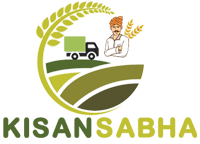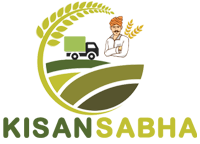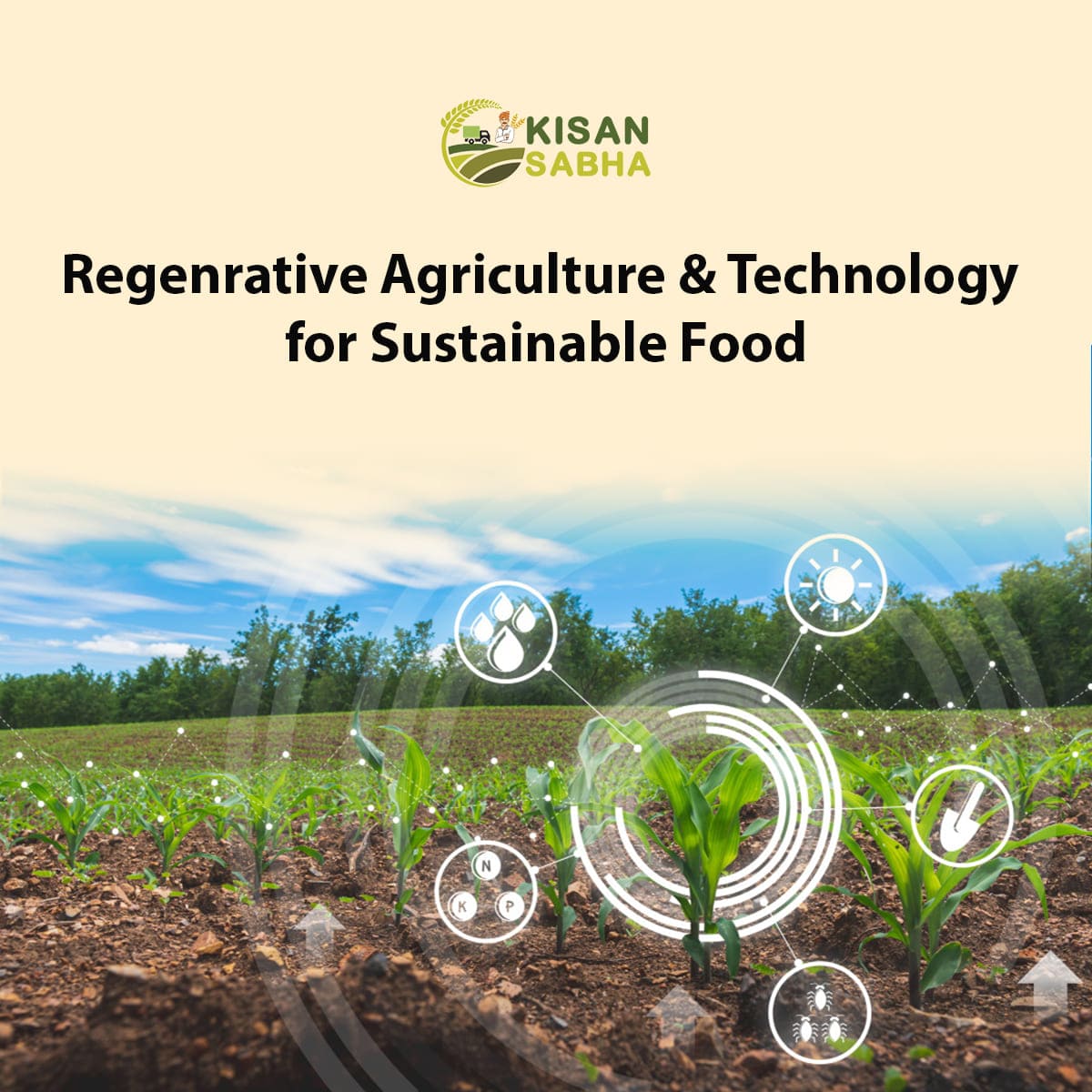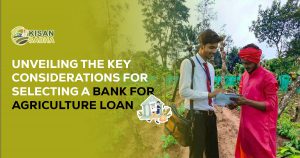Globally, regenerative agriculture is quickly gaining popularity as a comprehensive farming method emphasizing biodiversity, soil health, and ecological balance. With the pressing issues of climate change, environmental degradation, and the need for sustainable food systems, regenerative agriculture practices incorporating contemporary technology have enormous potential to revolutionize the food production process.
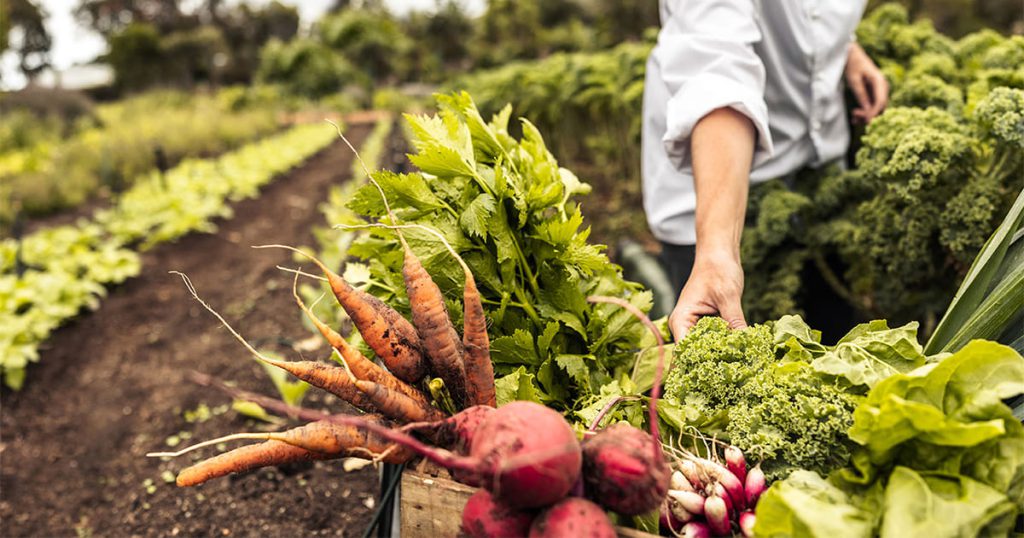
Precision Farming and Data-Informed Agriculture
Precision farming is one of the major technical developments revolutionizing regenerative agriculture. Farmers can accurately monitor soil conditions, crop health, and environmental factors by utilizing data-driven technologies like sensors, drones, and satellite imagery. This maximizes resource utilization and reduces waste by enabling them to make well-informed decisions about nutrient management, irrigation, and planting.
Variable-rate technology (VRT) and other precision farming instruments allow for the site-specific application of inputs like pesticides and fertilizers, minimizing overuse and its negative effects on the environment. Global Positioning Systems (GPS) and Geographic Information Systems (GIS) offer comprehensive mapping and direction for effective field operations, guaranteeing accurate seed placement and targeted amendment application.
Soil Monitoring and Management Technologies
The foundation of regenerative agriculture is soil health, and technological developments are changing how we think about and handle this valuable resource. To provide real-time data for irrigation and fertilization strategies, soil sensors and probes can continuously monitor soil temperature, moisture content, and nutrient levels.
Indicators of soil health such as organic matter content, microbial activity, and nutrient availability can be evaluated non-invasively using remote sensing technologies like hyperspectral imaging and spectroscopy. With the help of this information, farmers can improve and restore soil fertility and structure by implementing targeted soil remediation techniques like crop rotation, composting, and cover crops.
Also Read:- Soil Health and Drought: The Key Role of Regenerative Farming
Biostimulants and Biological Inputs
The use of biological inputs and biostimulants in place of synthetic chemicals is emphasized in regenerative agriculture. Microbiology and biotechnology advances have made it easier to create novel products that boost plant growth, improve nutrient uptake, and increase crop resilience.
By effectively fixing atmospheric nitrogen and solubilizing soil nutrients, biofertilizers—derived from advantageous microorganisms like rhizobia and mycorrhizal fungi—can lessen the need for chemical fertilizers. Regenerative agriculture is in line with the principles of biopesticides, which include microbial agents and botanical extracts. These environmentally friendly solutions for managing pests and diseases also happen to be effective.
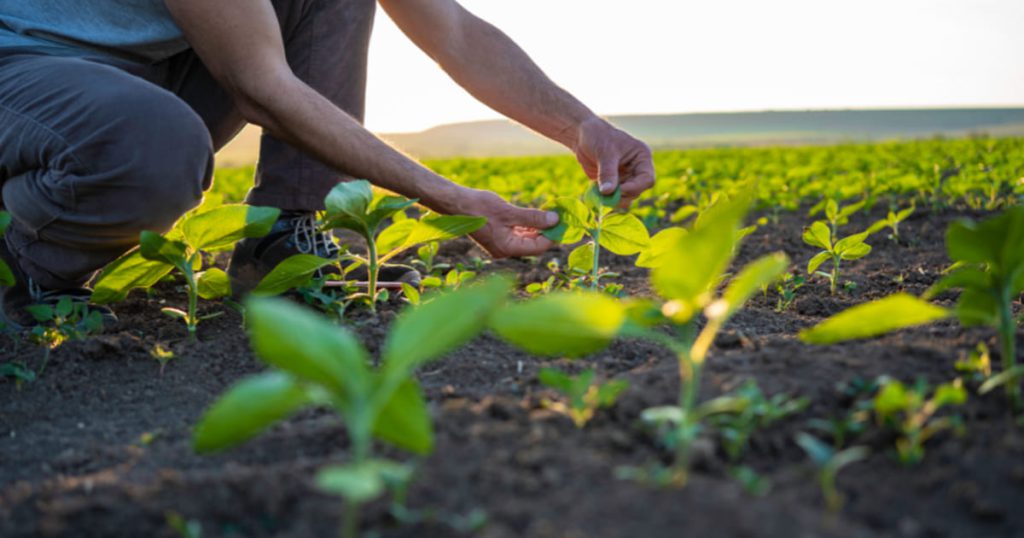
Automation and Robotics in Agriculture
Regenerative agriculture is changing farming operations by integrating robotics and automation to increase efficiency and decrease labor-intensive tasks. Precision planting, weeding, and harvesting are just a few of the jobs that robotic systems can be used for to minimize soil disturbance and maximize resource use.
By navigating fields, monitoring crop health, and applying targeted treatments, autonomous tractors, and drones with cutting-edge sensors and machine-learning algorithms can lessen the environmental impact of farming operations. Furthermore, precise environmental control is another feature of automated greenhouse systems that enables year-round production and effective resource management.
Traceability and Distributed Ledger Technologies
Regenerative agriculture relies heavily on transparency and traceability to empower customers to make educated decisions and encourage the adoption of sustainable practices. Blockchain and other distributed ledger technologies provide safe and unchangeable record-keeping options for following the path of agricultural products from farm to fork.
Blockchain technology can create a thorough audit trail by logging information on farming practices, input usage, environmental factors, and supply chain logistics. This will verify the legitimacy of regenerative agricultural products and increase consumer confidence. Farmers are encouraged to adopt environmentally friendly practices by this transparency because it allows their efforts to be acknowledged and rewarded in the marketplace.
Obstacles and Things to Think About
Even though there is a lot of promise for regenerative agriculture when it comes to technology integration, there are a lot of obstacles to overcome. It is necessary to address the affordability and accessibility of these technologies for communities with limited resources and smallholder farmers through focused initiatives, subsidies, and capacity-building programs.
In addition, it should be a top priority to use data generated by these technologies ethically and responsibly to protect farmers’ privacy and data sovereignty. Secure sensitive data must be protected from exploitation by implementing strong cybersecurity safeguards and well-defined data governance procedures.
In Conclusion
Regenerative agriculture and contemporary technology combine to offer a game-changing chance to reinvent our food systems and tackle urgent global issues. We can improve resource efficiency, encourage environmental stewardship, and guarantee the long-term sustainability of our agricultural practices by embracing distributed ledger technologies, biological inputs, precision farming, soil monitoring technologies, and agricultural robotics.
